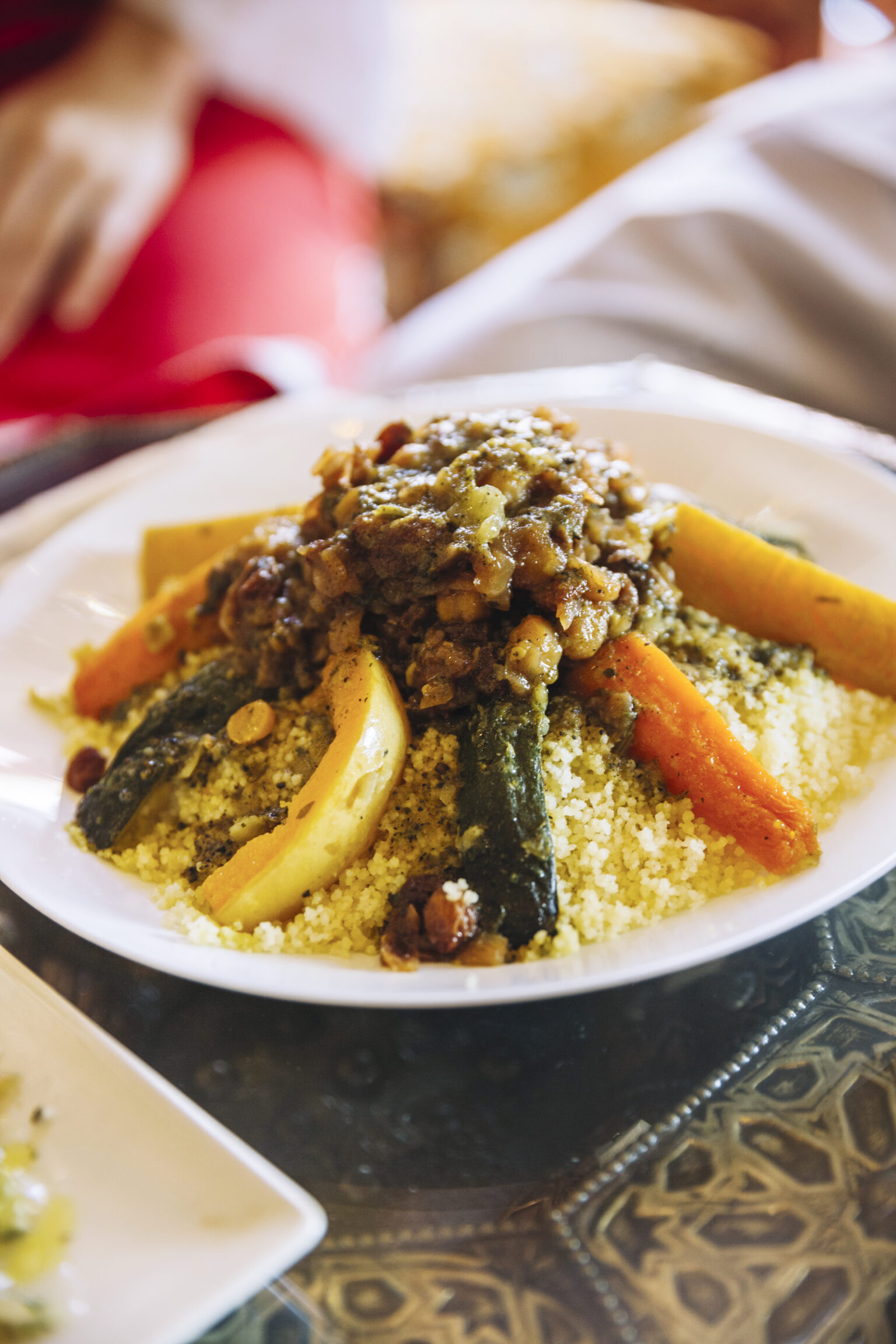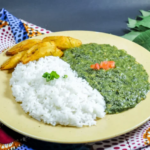South Africa’s rich culinary landscape is a testament to its diverse history and cultural influences. Among the many mouthwatering dishes that have emerged from this melting pot of flavors, Cape Malay Bobotie stands out as a true culinary gem. This iconic dish represents a fusion of African and Malay culinary traditions, resulting in a unique and tantalizing flavor profile.
Bobotie traces its roots back to the Cape Malay community, who are descendants of Southeast Asian slaves brought to South Africa by the Dutch in the 17th century. Over the years, the Cape Malays developed a distinctive cuisine that incorporated Malay, Indonesian, and Indian influences, blending them with local African ingredients. Bobotie is a prime example of this culinary fusion, reflecting the diverse heritage and cultural exchange that defines South Africa’s history.
At its core, Bobotie is a savory baked dish made with ground meat, typically beef or lamb, combined with a variety of aromatic spices and flavors. The meat is cooked with a mixture of onions, garlic, and ginger, which lend depth and fragrance to the dish. A medley of spices such as curry powder, turmeric, cinnamon, and cloves are added to create a complex and well-balanced taste.
What sets Cape Malay Bobotie apart is the incorporation of unique ingredients that are characteristic of Malay cuisine. One of the key ingredients is chutney, a sweet and tangy condiment made from fruits such as apricots or mangoes. The chutney adds a subtle sweetness to the dish, balancing out the spices and adding a delightful contrast of flavors.
Another essential ingredient is the addition of dried fruits such as raisins or sultanas. These fruits contribute a burst of sweetness and a pleasant texture to the meat mixture, creating a harmonious blend of savory and sweet flavors. The dried fruits are often soaked in vinegar or orange juice to plump them up and infuse them with a tangy taste.
To bind the dish together, a custard-like topping is prepared using a mixture of beaten eggs and milk. This creamy layer is poured over the spiced meat mixture before the dish is baked in the oven. As the Bobotie bakes, the custard forms a golden-brown crust, adding a rich and velvety texture to the dish.
Bobotie is traditionally served with yellow rice, which is cooked with turmeric and raisins to complement the flavors of the spiced meat. The dish is often garnished with a sprinkling of flaked almonds or chopped fresh herbs like coriander, adding a touch of freshness and visual appeal.
Beyond its delectable taste, Cape Malay Bobotie holds cultural significance in South Africa. It is considered a national dish and is a beloved part of the country’s culinary heritage. The dish is often shared during family gatherings, festive occasions, and special celebrations, symbolizing the coming together of different cultures and communities.
In conclusion, Cape Malay Bobotie is a culinary masterpiece that highlights the harmonious fusion of African and Malay flavors. With its aromatic spices, savory meat, sweet chutney, and creamy custard topping, this dish offers a symphony of tastes and textures. It stands as a testament to South Africa’s diverse cultural heritage, serving as a delicious reminder of the country’s rich history and culinary creativity.








